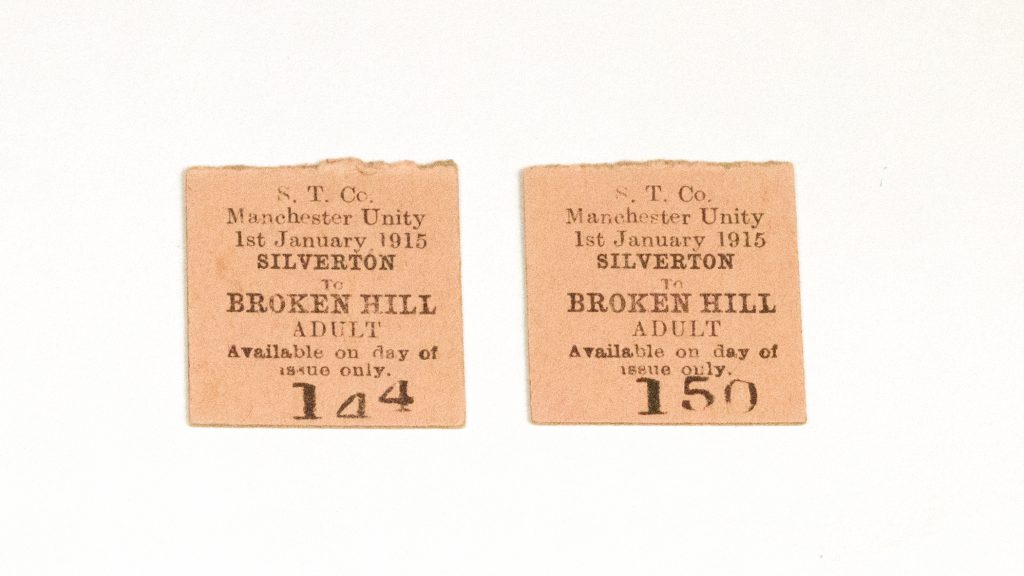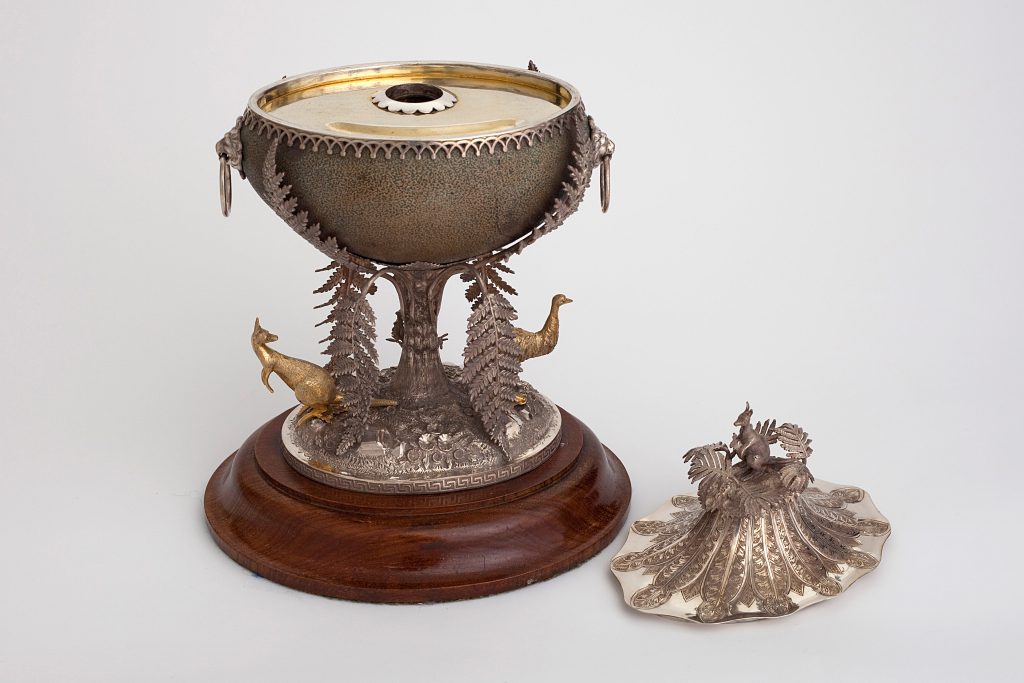
Kathleen Lyttleton-Taylor’s (nee Regan) gift of eighteen stunning pieces of historic silverware, made to the Tamworth Regional Gallery in 1963, includes the works of twelve accomplished Australian silversmiths. These makers originate from three different Australian states and backgrounds, which gives the collection mixed stylistic and personal influence. The work of William Edwards of Melbourne; Evan […]
Read More…
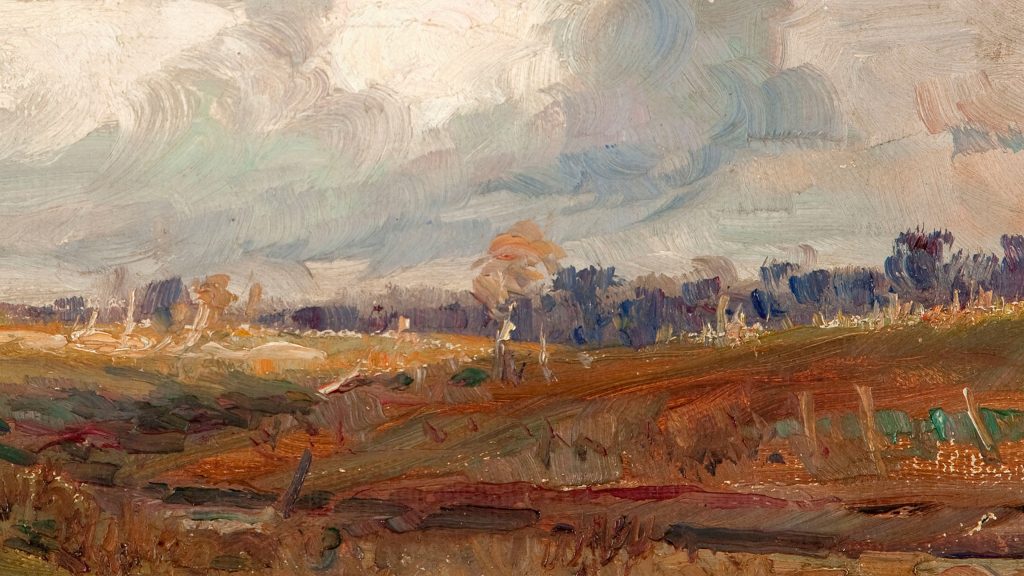
Made in 1919, a gift of over 100 paintings and works on paper led to the establishment of Tamworth’s first public art gallery. Known collectively as the Salvana Collection these works were donated by Australian artist John Salvana (1873-1956). Principally a painter, Salvana was best known for his ‘bush scenes’ or impressionistic landscapes of rural […]
Read More…
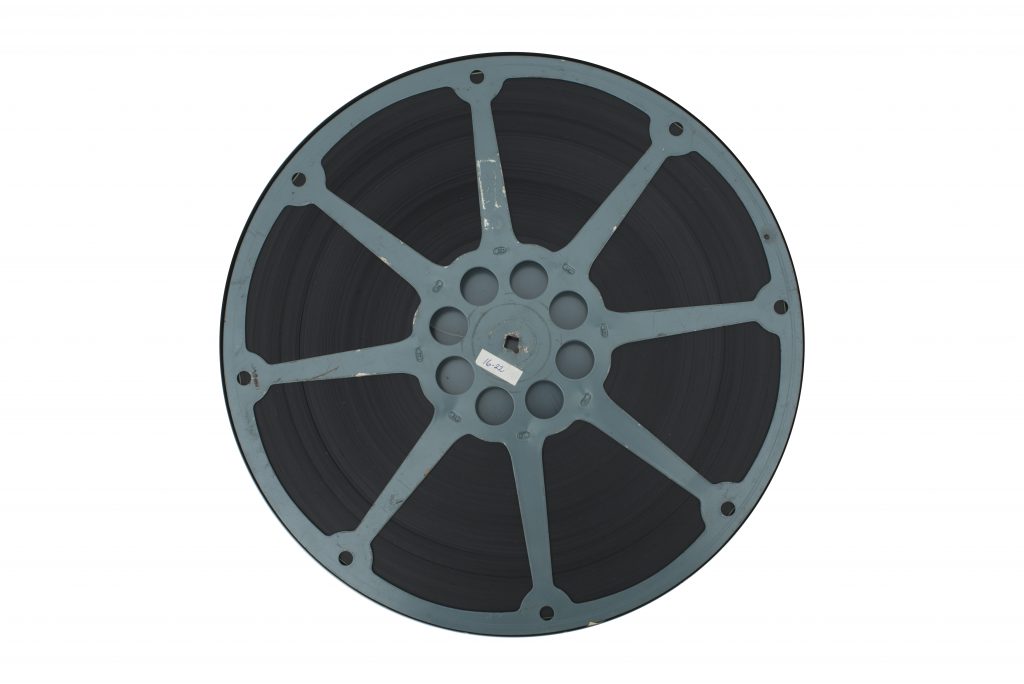
Canon Gerrard Baker, Vicar at West Tamworth’s Anglican Church from 1930-1966, was a keen amateur film maker. His respectable standing in the community allowed him to document many local events, including visits made by dignitaries such as Indira Gandhi and Prince Charles. He had an arrangement with the local pharmacy – Cohen’s Chemist – to […]
Read More…
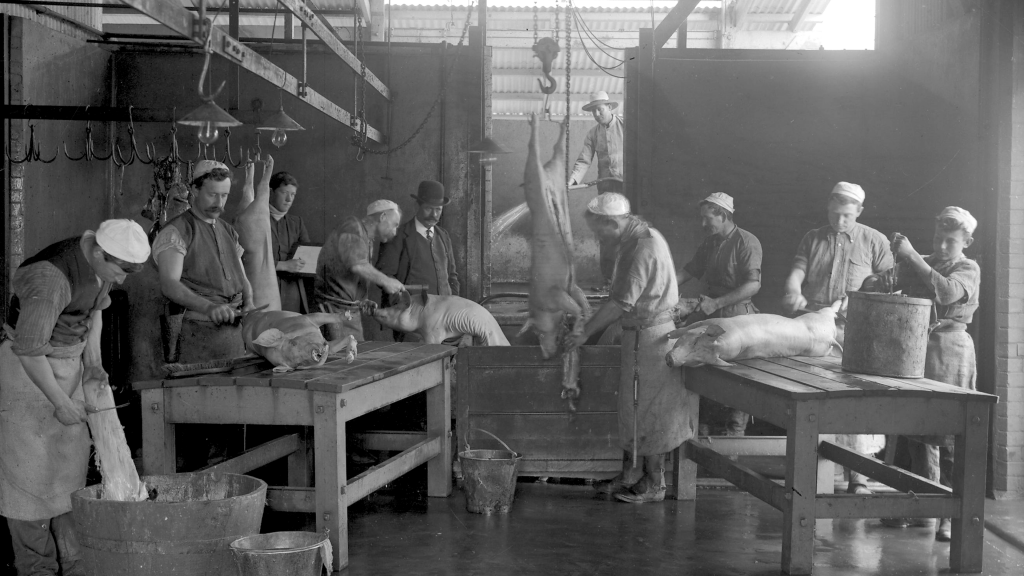
Officially opened on October 6 1908, Broken Hill’s council-owned abattoir was built to provide better sanitation than that provided by existing private or backyard slaughterhouses. In September 1909, keen to show his constituents that the public money was well-spent, Mayor Alderman Long toured the facility with The Barrier Miner’s photographer, James Wooler. Wooler captured the […]
Read More…
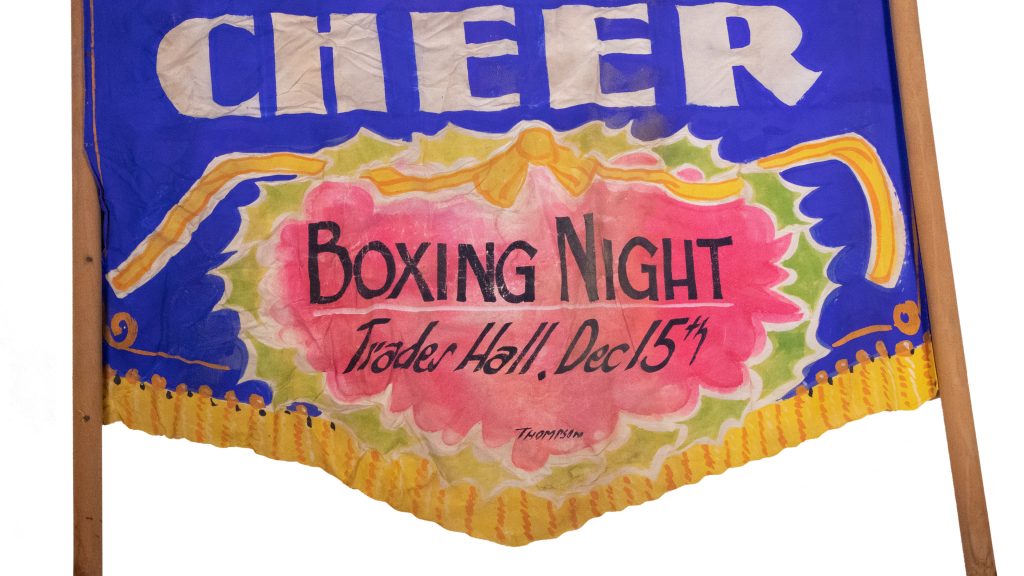
Travelling boxing troupes and tent boxing were popular in Australia’s country towns during the first half of the twentieth century, and Broken Hill was no exception. The Broken Hill Trades Hall’s permanent boxing ring was known as the Stadium and promoters regularly toured out-of-town fighters. Contributing to boxing’s popularity at Broken Hill was its Cornish […]
Read More…
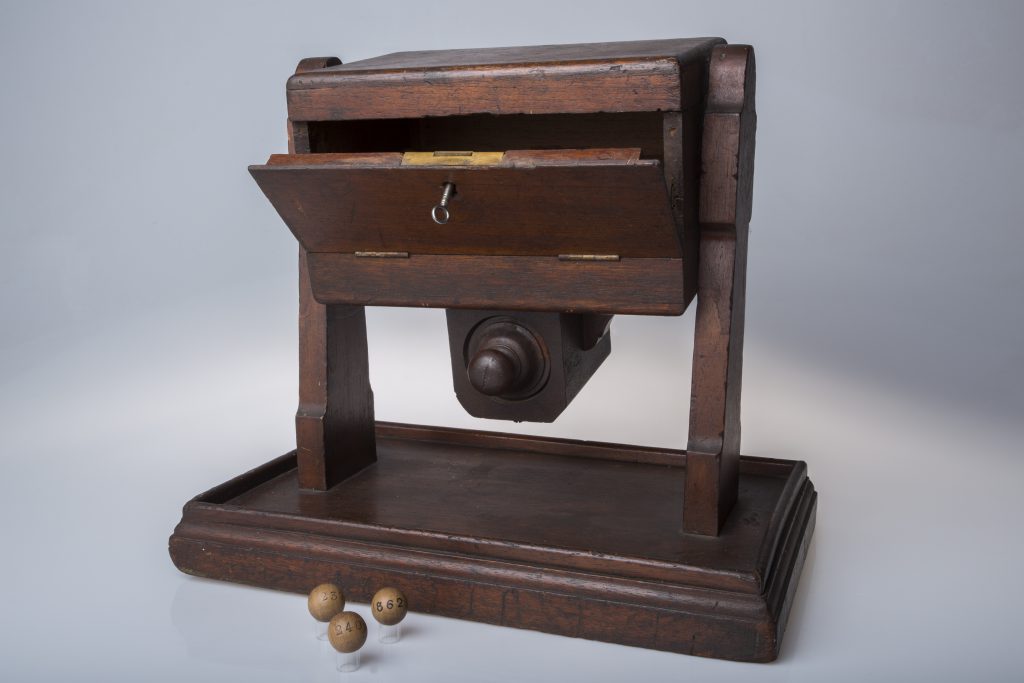
Following WWI and WWII the NSW government allocated land to select returned soldiers, as part of post-war repatriation and reconstruction programs. For those eligible to receive soldier settlement land, and where the number of applications exceeded the number of blocks available, a ballot was conducted. The wooden ballot-box and marbles shown here were used by […]
Read More…
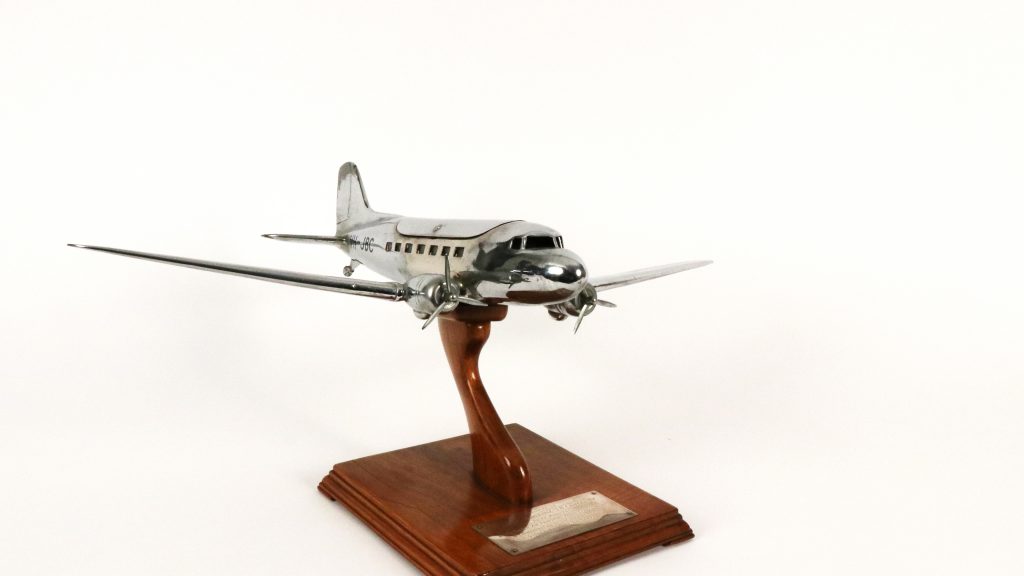
In December 1946 Australia’s Prime Minister (PM) the Honorable Ben Chifley launched Butler Air Transport’s six-day-a-week service from Sydney to Bathurst. It was the first service of its kind to link the NSW capital with the regional city. To thank the PM, Butler Air’s founder, Charles Butler, gifted to Chifley a fitting desk ornament. Chifley’s […]
Read More…
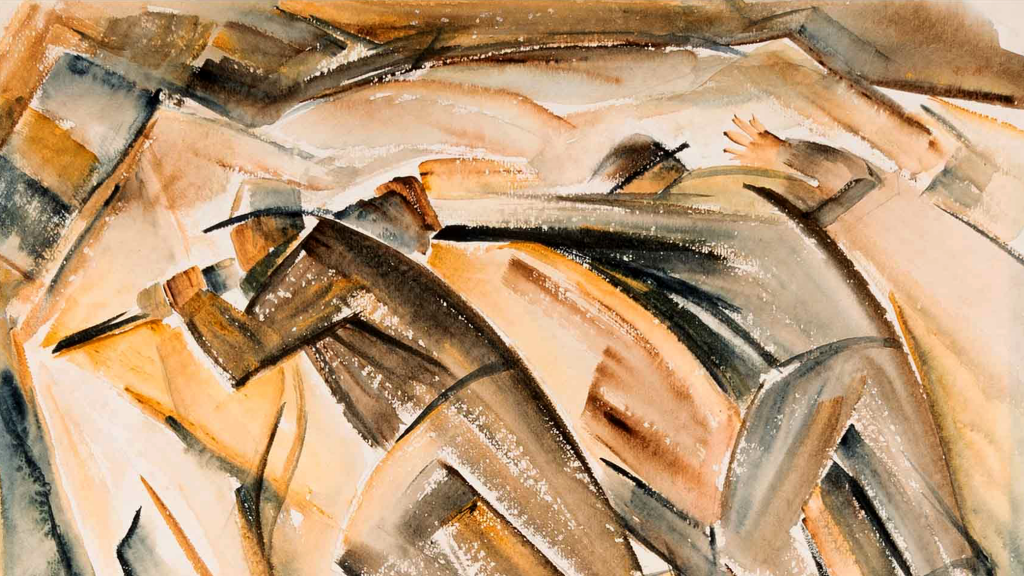
Nephew of the first Prime Minister of the Commonwealth, Edmund Barton, William Sydney Robinson (1876-1963) was an industrialist, journalist and diplomat. Robinson was also a philanthropist at heart and made several donations of art from his personal collection as well as on behalf of the Zinc Corporation to the town’s art gallery. Among them were […]
Read More…
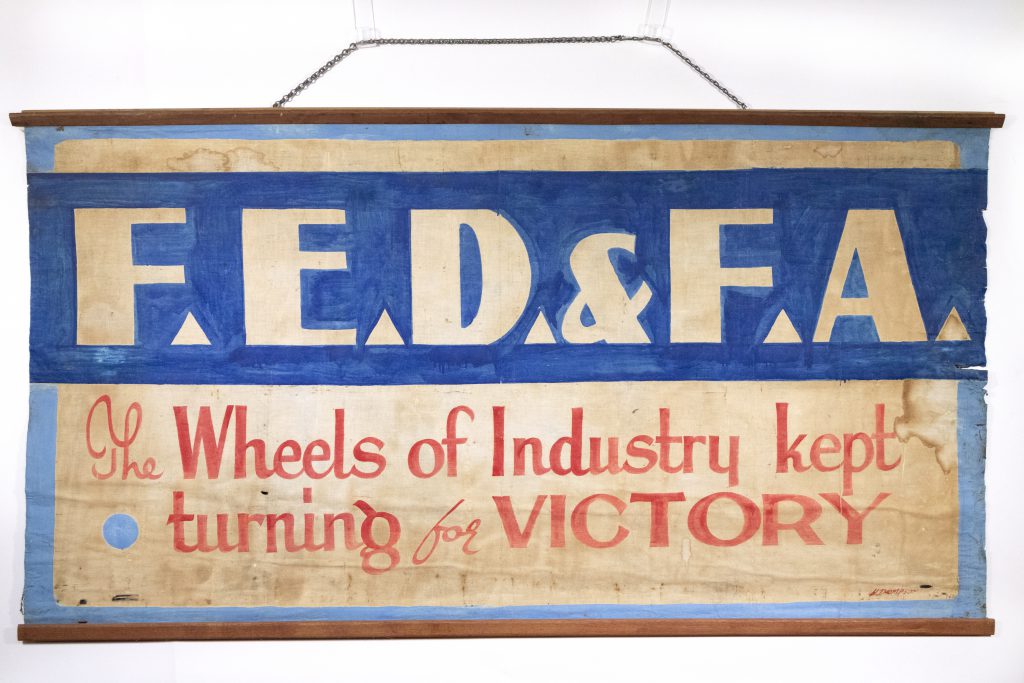
Broken Hill is known to the outside world as a stronghold of trade unionism, in addition to being the place where Australia’s first thirty-five hour week was granted. This reputation and milestone in the history of employment relations in Australia was the result of the historic strike action taken by miners in 1909 and 1919 […]
Read More…






